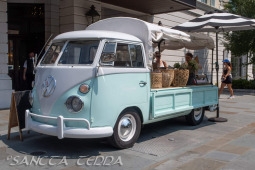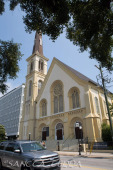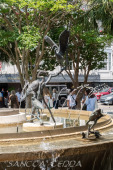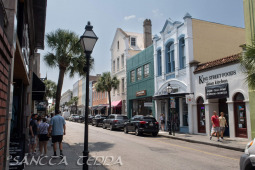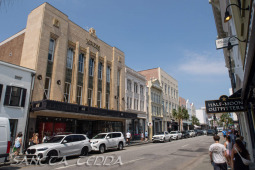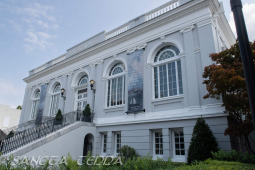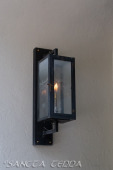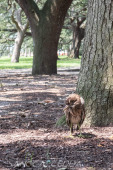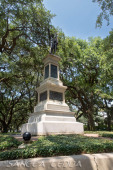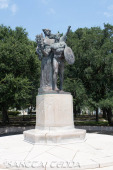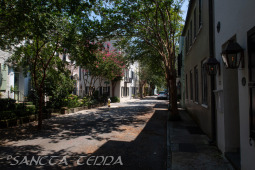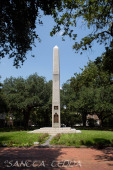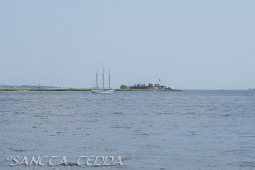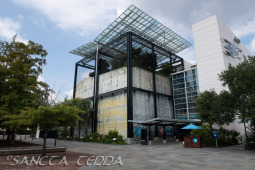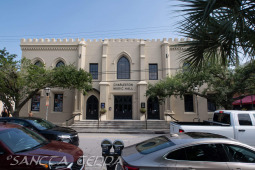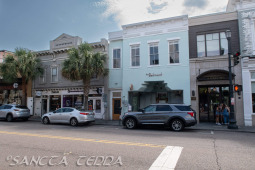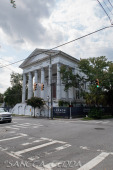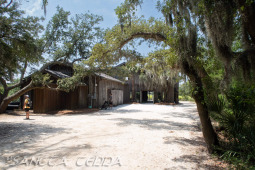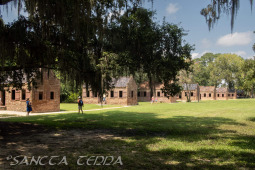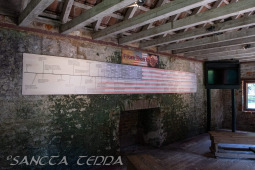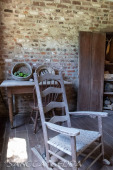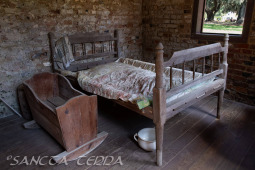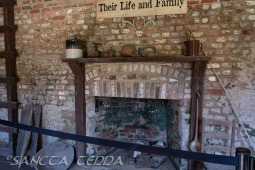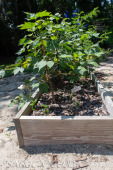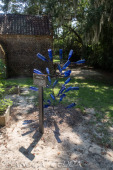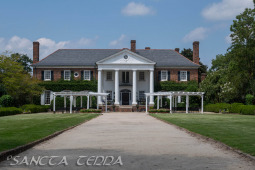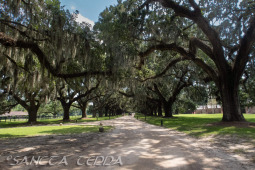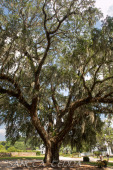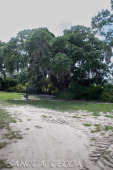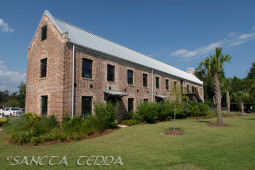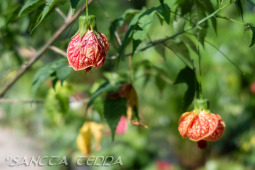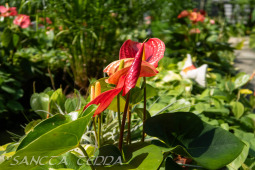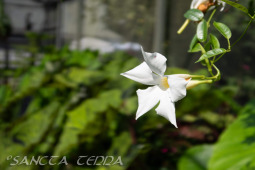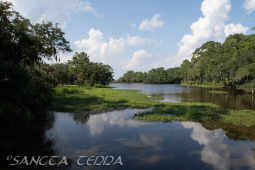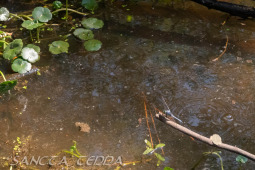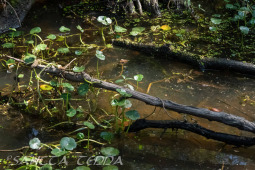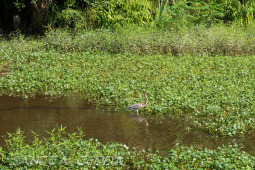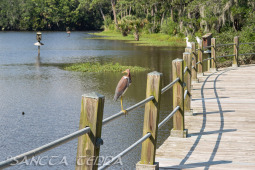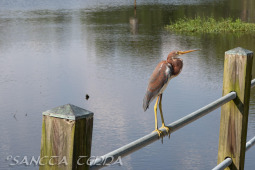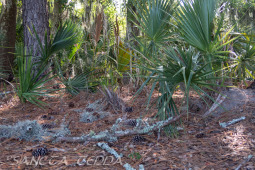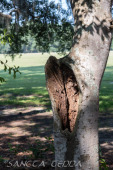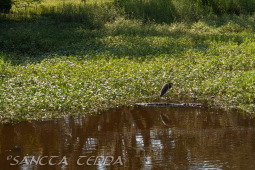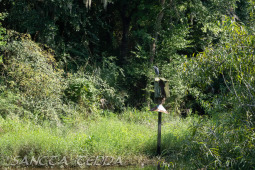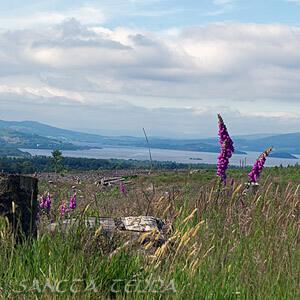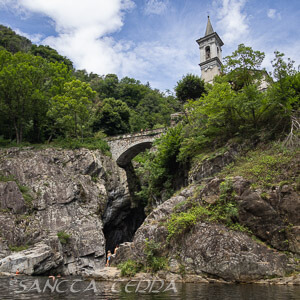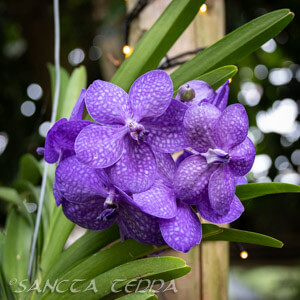17.07.2024 Charleston, South Carolina and Boone Hall
(Canon PowerShot G7 X Mark II)
For work, I had to go to South Carolina in the USA for two weeks in mid-August. Since I had two days over the weekend to see something, I spent the first day exploring the historic center of Charleston and the following day at Boone Hall Plantation. Charleston is the largest city in South Carolina, and despite the Southern battles and an earthquake in the 19th century, much of the historic center is still preserved.
Many buildings of the former plantation owners still testify to the wealth of the area, and the slave markets to the dark sides. The gas lanterns, which burned everywhere even in broad daylight, were striking. While walking through the French Quarter down to the harbor, the countless churches that shape Charleston's cityscape are also noticeable. Once there, the view first falls on a small island with a fort: Fort Sumter. It has historical important for the American Civil War, as the first shot was fired there on April 12, 1861, at 4:30 a.m., marking the beginning of the war. Continuing along the quay northwards, you pass various marinas until you reach the large harbor where the cruise ships dock and the navy is anchored on the opposite side. From here, you also have a wonderful view of the Arthur Ravenel Jr. Bridge, which spans 471 meters across the harbor, connecting the two shores.
The next day, I went a bit out of Charleston to Boone Hall. Many may recognize the main building from the series "North and South" or the movie "The Notebook," where it served as a backdrop. In addition, there are still 9 slave quarters made of bricks from the 18th century. The main house was originally built at the same time and made of wood. However, it is no longer original as by the end of the 19th, beginning of the 20th century, it had deteriorated so much that the owners had it demolished in 1935 and the current one built of bricks in the neocolonial style. The bricks of the buildings were also made on the plantation, which has a varied history but still grows various crops today. On the grounds, you could learn about the former owners and the history of the plantation in the various buildings. There were also demonstrations and stories about the history, culture, and everyday life of the slaves at that time.
Weblinks:
 | Charleston Homepage with information about Charleston, South Carolina, USA. |
 | Boone Hall Homepage with information about Boone Hall Plantation. |





